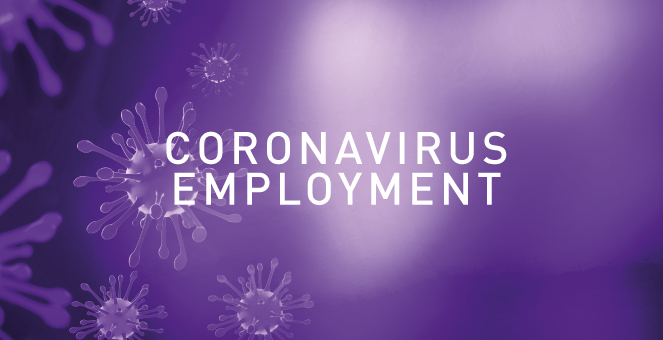From the initial introduction of the Coronavirus Job Retention Scheme (CJRS), employers have grappled with the rules as guidance was rolled out and amended several times. Thousands have successfully made initial claims, and the scheme has undoubtedly provided a much-needed financial lifeline for many businesses and their employees.
As steps are being taken to emerge from lockdown, Chancellor Rishi Sunak has set out in broad terms (with the detail and yet more guidance to follow) the changes that will see the scheme wind down and then close completely at the end of October 2020.
As with the current rules of the CJRS with which a vast number of employers are now only too familiar, there will be guidance and a new Treasury Direction (the legal framework that sits behind the scheme and is followed by HMRC) issued in the coming weeks. Below are the key points announced on Friday 29 May:
- It is understood that 10 June 2020 will be the last day that employers can place employees on furlough in order to accrue the minimum three weeks of eligibility under the scheme before it closes to new entrants from 1 July;
- From 1 July, 'flexible or partial furlough' is being introduced, meaning that employees will be able to work part-time and be furloughed part-time. Businesses will decide how that will work (in terms of the time split) and will be responsible for paying employees for the time worked;
- From 1 August, employers will have to pay the employer's National Insurance contributions and pension contributions of furloughed staff, and can no longer reclaim them through the CJRS;
- From 1 September, the Government will reimburse 70% of salary (up to a maximum of £2,190) meaning employers are required to pay 10% of furlough pay to top-up to 80% (subject to any greater amount employers may have already agreed with the employee);
- From 1 October, the Government will only reimburse 60% of salary (up to a maximum of £1,875) meaning employers are required to pay 20% of furlough pay to top up to 80% (or more);
- The furlough scheme will close on 31 October 2020.
It is anticipated that more detailed guidance will follow in the next two weeks. In the meantime, the changes to the scheme in its final months will be an important factor in businesses’ plans and their ability and need to bring staff back from furlough as lockdown eases.
As with our mantra when advising clients on the introduction of the CJRS and the then new concept of ‘furlough’, having open and honest communication remains critical to preserving the confidence and goodwill of staff, many of whom may have been furloughed for weeks and months already; they will also have listened to the Chancellor on Friday and have many questions about what this means for them. Another key imperative for employers is the need to take as much care as we phase out of furlough to fairly implement the changes they may need to make, as was the case when going into it.
Please note: Nothing in this article constitutes legal advice and we are not liable for any reliance on the information provided. This is a rapidly changing subject, and whilst correct at the time of writing, circumstances may have changed since publication.
To find out more about anything covered in this article, or to discuss the potential impact of COVID-19 on your business, please contact Kerrie Hunt or another member of Thrings’ Employment and Immigration team.
